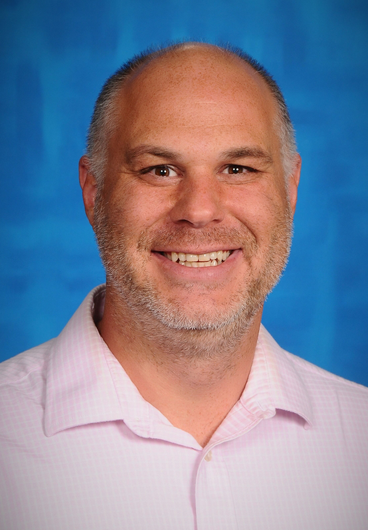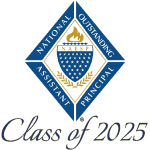
James West
Cascade Elementary School
Kennewick, Washington
james.west@ksd.org
Best Practices
1) Teacher and Staff Development: Two best practices that have worked well in our school are Professional Learning Communities (PLCs) and inclusionary practices. First, we had professional development around “unpacking” Common Core State Standards into concepts and skills, develop learning progressions, create learning intentions in student friendly language, and displaying student success criteria in the form of “I can” statements. As we broke down the state standards, we trained our teaching staff through Solution Tree PLC Implementation professional development. The training led us to develop a comprehensive PLC model that has moved our teachers beyond the traditional lesson planning collaborative practice, and more towards utilizing data to drive instruction and interventions. By implementing dedicated collaborative time, we have been able to strategically answer the DuFour’s four critical questions of a PLC by fully addressing what we want students to learn, what measures to use to assess student learning, what intervention strategies to use for struggling students, and how to create extended learning for students that have already reached mastery. The model has helped solidify the work around deeply analyzing the state standards and collaboratively identifying the core essential standards that students must meet mastery on for the grade level. Though this new to our school and we have a long way to go to fully implementing the PLC process, the results of the PLC model have helped shift conversations and perspectives toward ensuring student learning. More so, it has started to shift their belief that together they have the expertise to positively impact student learning. This is also known as collective teacher efficacy. John Hattie’s work shows that this belief has the highest impact on student achievement. I take great pride in the work that our teachers are doing to impact our students.
2) Whole Child Initiatives: Another practice that has worked focuses on inclusion. Our school has embraced the philosophy that our students are OUR students first. All our students have diverse learning needs, and we strive to create a culture where every student can participate, access and thrive. We implement a Universal Design for Learning (UDL) approach to overcome learning barriers. These challenges are met by our teachers through strategies which support multiple means of engagement, representation and expression. We are proactive in our accommodation strategies for our students with sensory and neurodiversity needs by regulating sensory input during activities. We create sensory-friendly family nights for families to enjoy. We utilize and normalize the use of noise-reducing headphones, wiggle seats, desk bands and quiet comers with calming activities, and any other sensory regulation tools students need. In inclusionary practices we also provide support for multilingual learners. Teachers actively use Guided Language Acquisition Design (GLAD) strategies to support. There are an array of visual vocabulary supports, graphic organizers used, and cooperative learning within the classroom to support academic achievement. These strategies have benefited not just our students who are learning English, but all our students.


